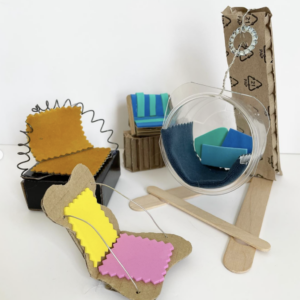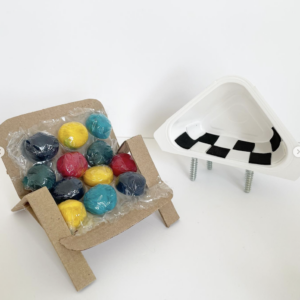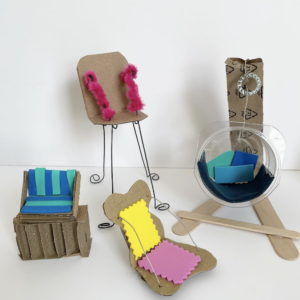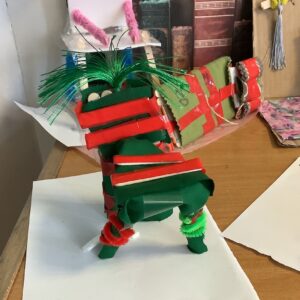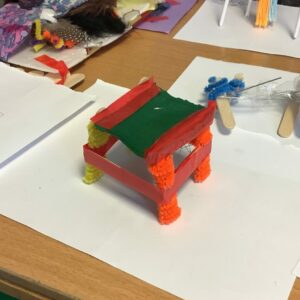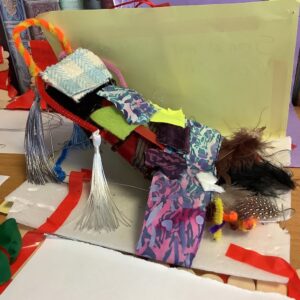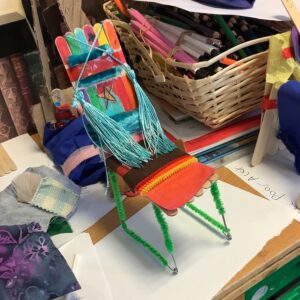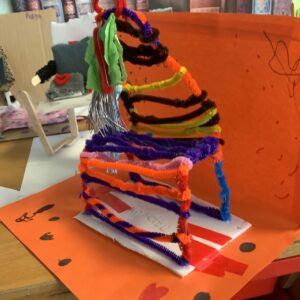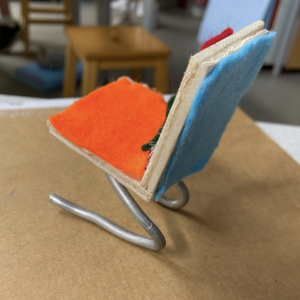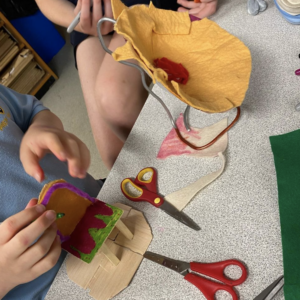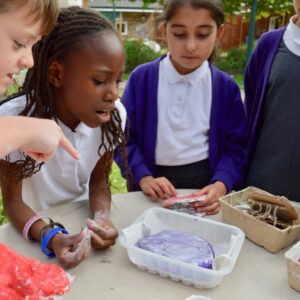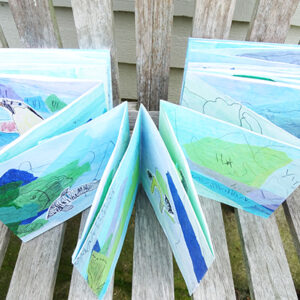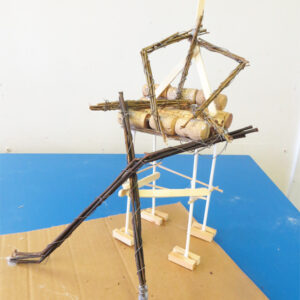Pathway for Years 5 & 6
Disciplines:
Design, Making, Drawing, Sketchbooks
Key Concepts:
-
That artists who create furniture are often called craftspeople or designers.
-
That furniture is more than just practical – designers and craftspeople produce furniture which reflects the era or culture it is made in, or the personality of the maker.
-
That as artists, we can use a variety of materials to design and make our own model chairs. The chairs we make can reflect our personality, and be enjoyed by others.
-
There are certain requirements for a chair to be a chair (4 legs and a back?) – but we can be as imaginative as we like.
-
We can think about the form, structure, material and texture, as well as the way the chair is constructed, to help us make our chair unique.
In this pathway children are introduced to the work of a craftsperson/designer, and they explore how the artist brings his personality to his work. They go on to explore chair design over the centuries to understand how furniture can reflect or define the age in which it was made.
Children then use a warm up making exercise to remind themselves that they can be inventive in their making, and that the things they make can communicate ideas to other people. Finally children go on to make their own chair (a model of) using the Design Through making technique.
Medium:
Construction Materials
Artists: Yinka Ilori
If you use this resource in your setting, please tag us on social media: #InspiredBy @accessart (facebook, twitter) @accessart.org.uk (instagram) and share the url. Thank you!

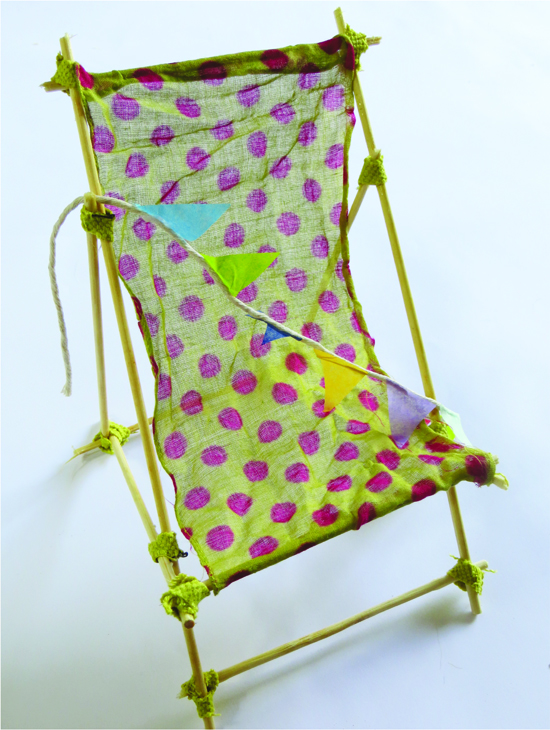

Teaching Notes
Find the MTP for this pathway here.
Please find the CPD session recording of the Take a Seat pathway here.
Curriculum Links
Maths: Measuring, 2D and 3D shapes, symmetry, angles.
Science: Forces and gravity.
PSHE: Responsibility to the planet, Collaboration, Peer Discussion.
I Can…
-
I have explored the work of a craftsperson / designer and seen how they bring personality to their work.
-
I have seen how chair design has changed through the ages.
-
I can use my sketchbook to make visual notes to record and reflect.
-
I can experiment with how I can make mini sculptures with lots of different materials, guided by a short sentence to help me.
-
I can use the Design Through Making technique to make a model of a chair which expresses an aspect of my personality.
-
I can see how my sketchbook exploration helped me work towards my final outcome, and I can see what I like and what I would like to do differently.
-
I can present and share my work, and talk about it with my classmates, and listen to their responses to my work.
-
I can respond to the work made by my classmates and I can share my thoughts.
-
I can take photographs of my work, thinking about focus, light and composition.
Time
This pathway takes 6 weeks, with an hour per week. Shorten or lengthen the suggested pathway according to time and experience. Follow the stages in green for a shorter pathway or less complex journey.
Materials
Soft B pencils, oil/chalk pastels, handwriting pens. Construction Materials (see list here).
Pathway: Take a Seat
A PDF of this pathway can be found here.
-
Aims of the Pathway
This pathway aims to introduce chair design to children. Children will explore what a chair can be and how the design and “personality” of a piece of furniture can make us feel.
- Week 1: Introduce a Craftsperson / Designer
Exploring Chair Design
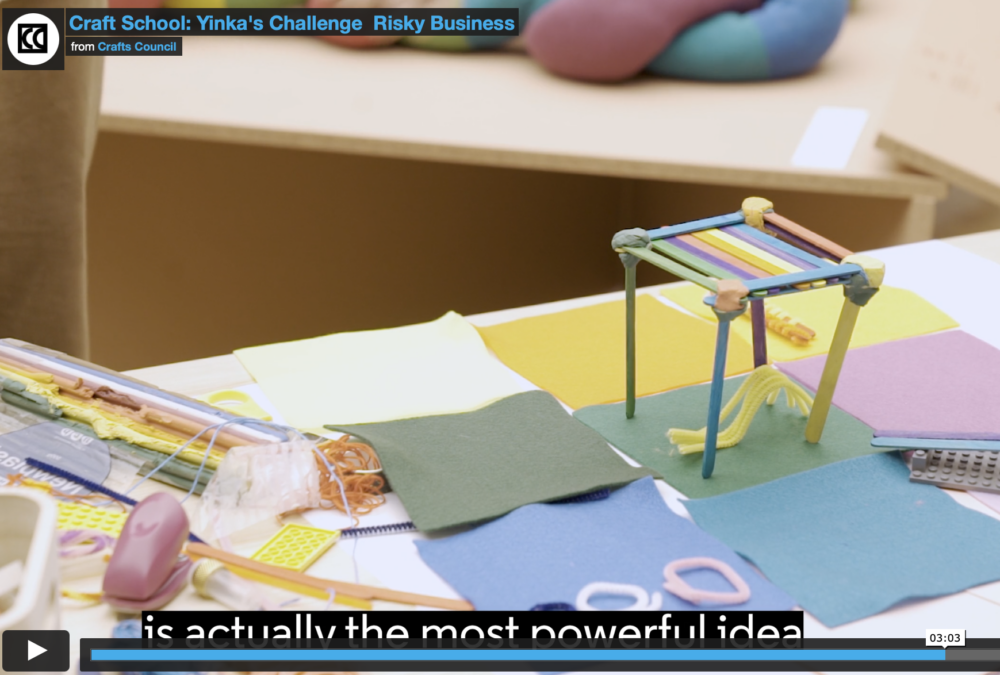
Explore the work of contemporary artist and designer Yinka Ilori with our free to access “Talking Points: Yinka Ilori” resource. Watch the videos and use the questions to prompt class discussion.
Have your sketchbooks open and use the “Making Visual Notes” resource to record and reflect.
- Sketchbook Work
Using Drawing to Build Understanding
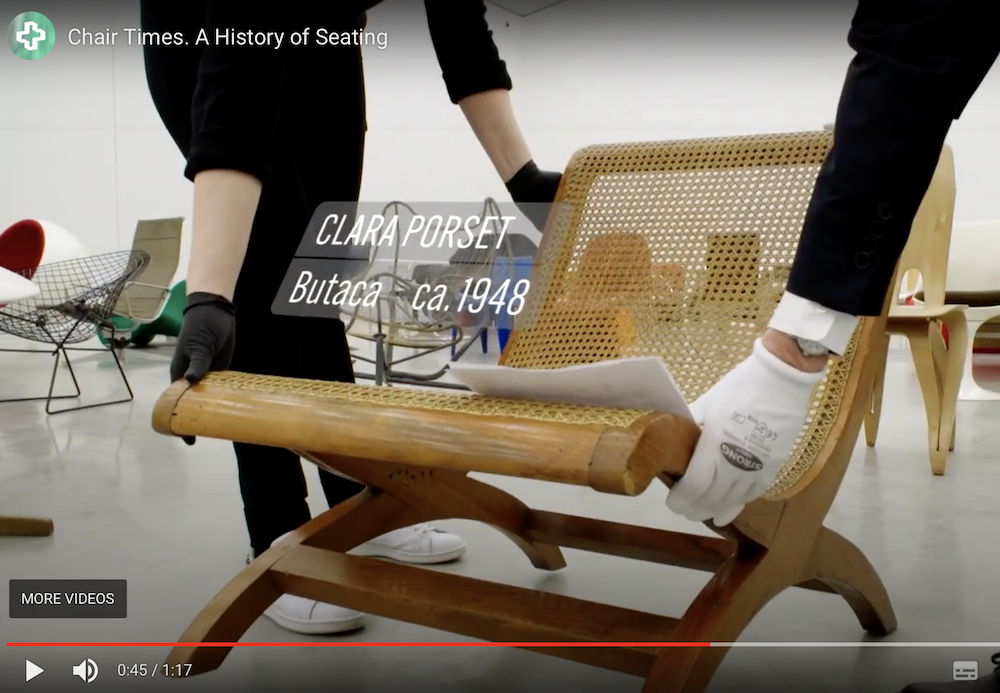
Use the free to access “Talking Points: History of Chair Design” resource as basis for some more sketchbook work.
Use the “Show Me What You See” technique to help pupil’s visually explore chairs.
During the exercise, draw attention to the visual elements of the chairs, including talking about materials, form and structure.
By the end of the session sketchbooks should be full of pupils interpretations of different elements (shapes, lines etc) from the video.
- Week 2: Be Inventive
Making Prompt Cards
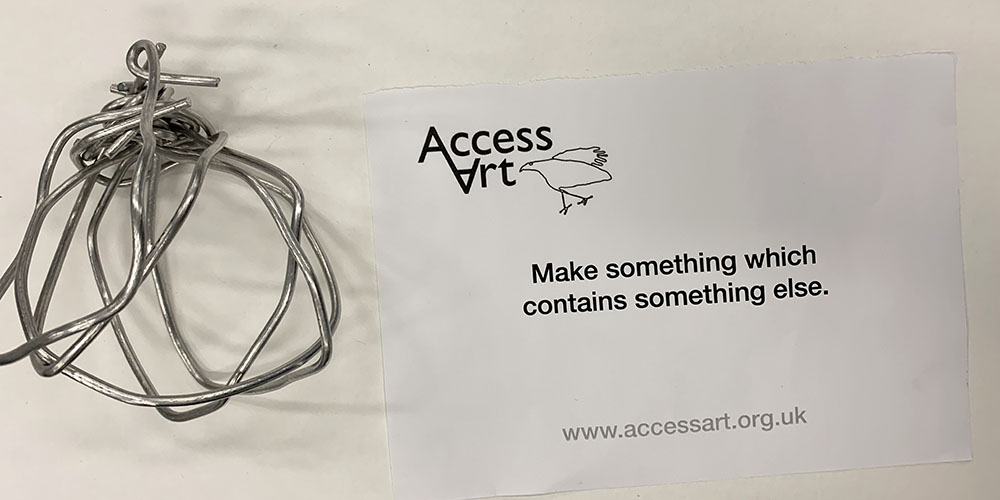
Before you begin, watch “Making is Hard” to remind everyone that making can be tricky! It’s okay if things don’t go to plan. Making is all about experimenting with materials to find out what is possible.
Use the “Making Prompt Cards” resource to help children gain experiential knowledge. The prompts in the resource will provide inspiration to kick start creative thinking and enable an exploration of material and intention, without worrying about the design or purpose of what you are making. Children will make mini sculptures guided by the prompts on the cards.
- Week 3, 4 and 5
Take a Seat
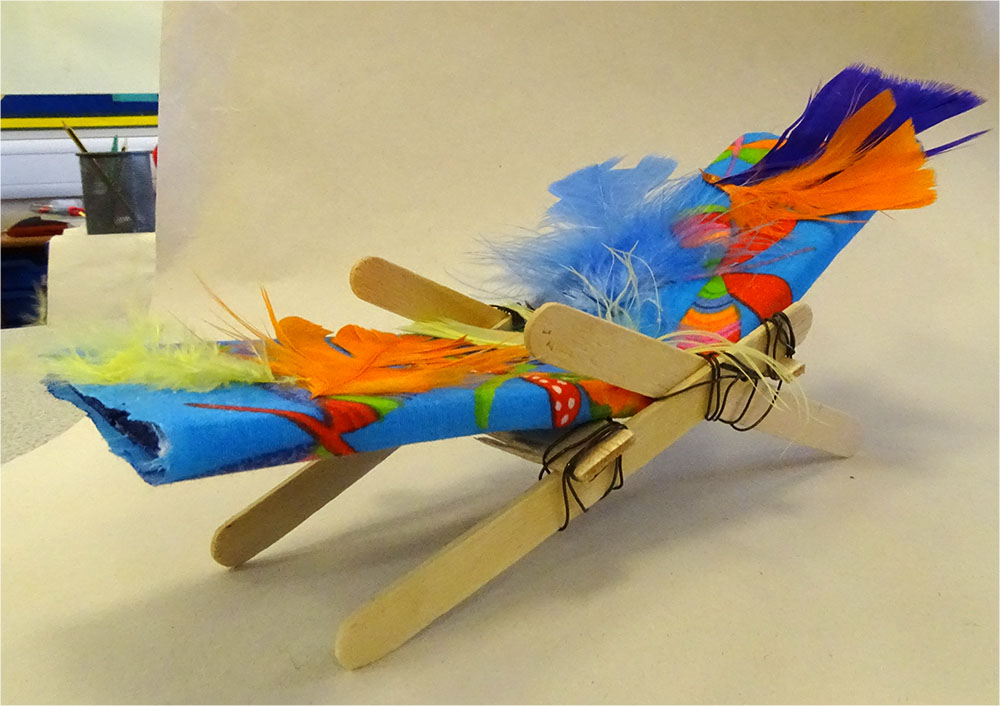 Challenge children to become furniture designers with the “Take a Seat” resource, and invite children to create a chair which expresses their personality.
Challenge children to become furniture designers with the “Take a Seat” resource, and invite children to create a chair which expresses their personality. Encourage children to make intuitive choices when thinking about which materials to use, which shapes to make, and how they might connect materials together.
Be inspired by the “Take a Seat Gallery“.
- Week 6: Present and Celebrate
Share, Reflect, Discuss

Time to see the work which has been made, talk about intention and outcome.
Display the work in a clear space, including sketchbook work, and walk around the work as if you were in a gallery. Give the work the respect it deserves. Remind the children of their hard work.
If you have class cameras or tablets, invite the children to document their work, working in pairs or teams. Explore how children can take high quality photographs of 3d artwork with this resource.
Use the resource here to help you run a class “crit” to finish the project.
See This Pathway Used In Schools
